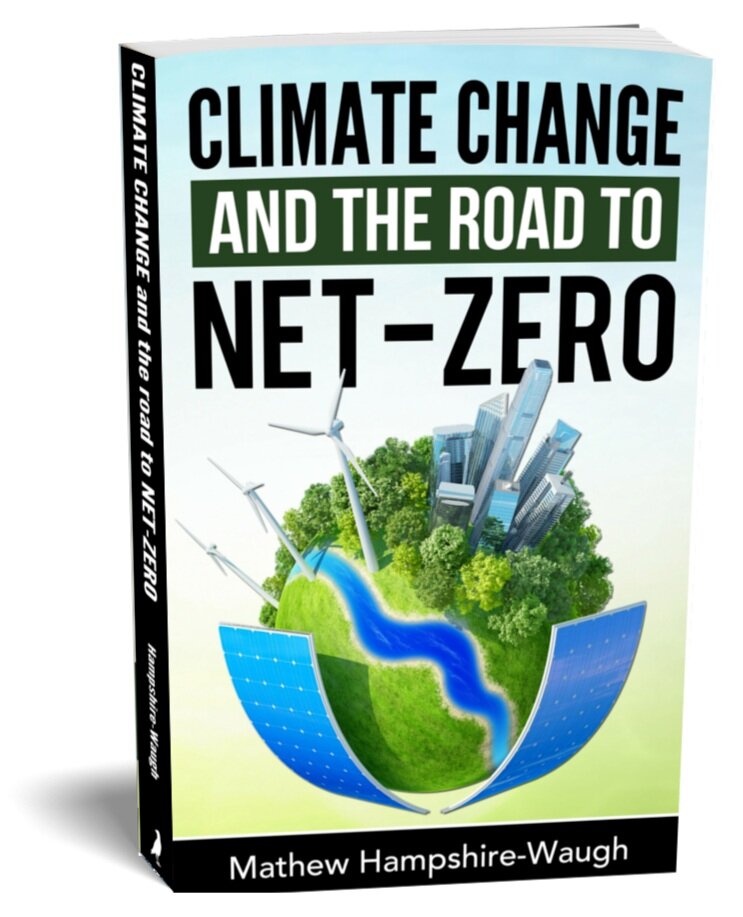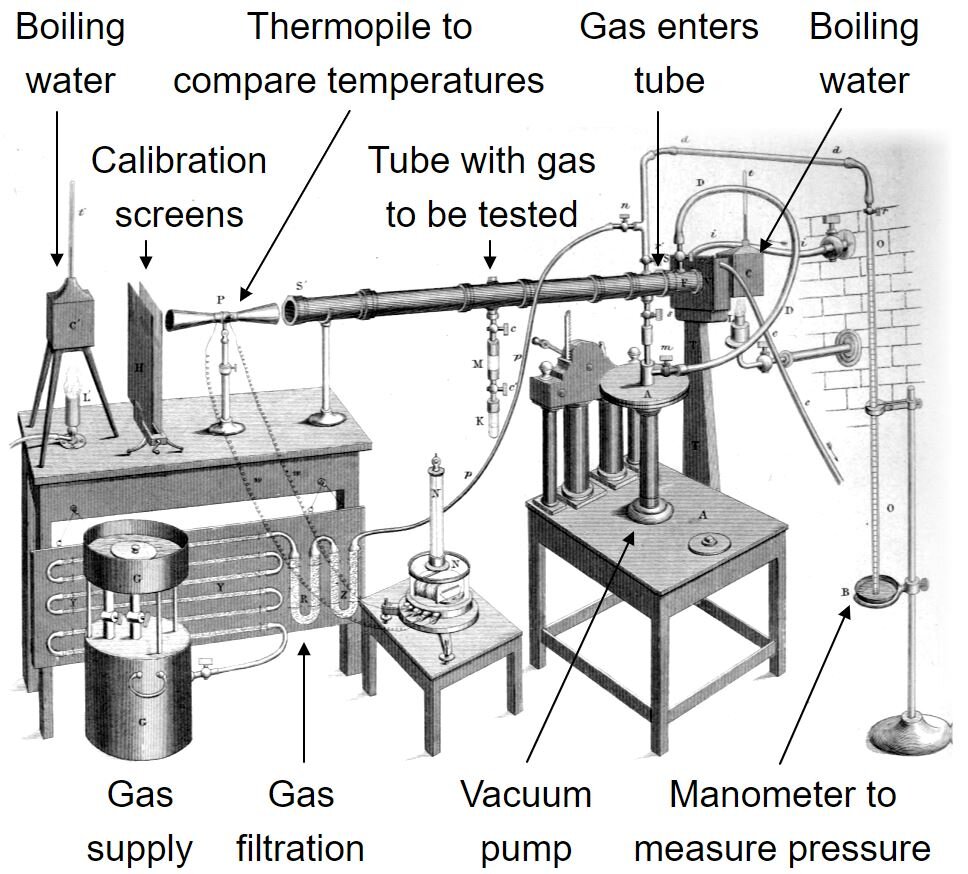Net-Zero Agriculture
In this post from the draft book NET-ZERO:
How do we reduce greenhouse gas emissions in agriculture? Comparing the benefits of changes to diet, low carbon solutions, improving yields and reducing waste.
Does eating less meat really help climate change? The potential to sequester all human CO2 emissions since the industrial revolution by going vegan.
Can we feed a growing global population? Feeding the planet in a warming world.
Peak Population, Peak Food
With the global population headed for at least 10 billion people, our already strained, inefficient, and unequal agricultural and food distribution system is set to come under increasing pressure. To add to the problem agriculture accounts for one quarter of all greenhouse gas emissions: about 8 billion tonnes from ongoing agricultural practices and 5 billion tonnes from increasing land use each year. That number needs to drop to net zero.
So how do we re-engineer agriculture for net-zero whilst improving nutrition and feeding the world? Let’s have a look at some options:
Doing nothing - Not an Option
Imagine a future planet with 10 billion people each consuming an average European diet. That would mean 30% more mouths to feed and each person would increase meat and dairy consumption from 66kg to 100kg per year.
We would need to increase annual crop production from 9 to 15 billion tonnes and animal products from 500 to 1,000 million tonnes per year. Assuming no change to average crop yields, waste, and overconsumption means that land use would increase from 49 to 90 million km2 - it would take two thirds of all dryland on Earth just to feed everyone!
Ongoing CO2e emissions would grow from 8 to 14 billion tonnes per year. But in addition - the cumulative CO2 emissions from land clearing would add over 2,500 billion tonnes of CO2 into the atmosphere - nearly five times more than the remaining carbon budget to keep us under 1.5⁰C warming.
A Vegan Planet
The production of meat and dairy is very inefficient: today’s agricultural system uses 6,000 crop calories per person per day to produce just 600 calories of meat and dairy. In addition every 1kg of beef, lamb or dairy emits ~15kg of greenhouse gas emissions directly from enteric fermentation (methane burps and farts from cows and sheep).
The average diet uses one football pitch of agricultural land for crop growing and animal rearing, the vegan equivalent uses just the penalty box. Going vegan is very beneficial for the planet.
If the population grew to 10 billion people but everyone became vegan, the system efficiency gains are so great that we would require no increases to crop production, and the 34 million km2 of pastureland currently used for rearing animals could instead be used for planting trees (sequestering ~50,000 tonnes of CO2 per km2).
The net result would be ongoing emissions of CO2e (excluding land use change) drop to 3.5 billion tonnes per year (from 8 billion).
More significantly the potential for reforestation and restoration of peatland, previously used for farming, could cumulatively sequester ~2,000 billion tonnes of carbon dioxide, the same amount as all human emissions since the start of the industrial revolution which could more than quadruple the remaining carbon budget to keep us under 1.5⁰C warming.
Best in Class Yields
Agricultural yield is the number of tonnes of crop or calories of foodstuff which an area of land can produce per year. Increasing the yield reduces the need for expanding agricultural land.
Areas of the world, such as the US, Europe, China and Latin America, that employ modern farming techniques have over double the yield compared to India or Africa, where traditional farming techniques are more common.
Modern farming uses 40% of global crop land but produce 60% of all crops. India and Africa have 35% of global crop land but produce only 20% of food.
Let’s assume that we can boost yields to today’s best regional average in every part of the world (a big assumption). In total, this would increase crop tonnage by 90% and animal products by 80%, using the same area of agricultural land.
Ongoing emissions still increase with rising production. However land use remains largely unchanged – avoiding any further CO2 emissions from deforestation and peatland draining.
If yields are raised to best in class levels all over the world, this prevents the need for further agricultural land expansion and can provide 10 billion people with a European standard of food consumption.
Zero Waste
The next lever is waste. What if we continued to grow crops at the same yield and eat the same types of food but we did it without waste?
The maximum efficiency improvements of 30% would offset the 30% growth in the global population but not the rise in meat consumption. Underlying CO2 emissions would increase from 8 to 12 billion tonnes per year and agricultural land expands from 49 to 68 km2 - emitting over 1,000 billion tones CO2 in the process (half of all human emissions again & double the remaining 1.5⁰C budget).
Zero Waste is certainly a worthy ambition but less effective than yield improvements or veganism.
Low Carbon Farming
The final set of tools towards lowering the agricultural carbon footprint are low carbon farming practices. Let’s look at a few examples.
Better Soil Management Soils contain 2,500 billion tonnes of CO2 equivalent, more than 3 times the CO2 stored in the atmosphere and 4 times the amount of carbon in all plants and animals. Many agricultural practices disturb the soils and release carbon - better management of soils could lead to net uptake of CO2 if done well. Techniques include, cover crops, minimising tillage, rotational grazing, targeted fertiliser application, agroforestry, and the use of biochar amongst many other options.
Enteric Fermentation It is possible to supress or capture some of the methane emissions from cows and other ruminants using feed additives or encapsulation in buildings.
Rice Paddy Methane Using methods such as a mid-season paddy drydown, or planting the rice on raised beds and flooding only the furrow, can halve the CO2 emissions without impacting yield.
Zero Carbon Energy Switching agricultural machinery and vehicles from combustion to electric and switching coal and gas heating to electric. The switch would cut energy use four fold.
Organic Farming Using no artificial fertiliser, pesticides or genetic modification, provides a route to reduce emissions of NOx and leaching of chemicals into the surrounding environment whilst also encouraging biological diversity. For certain products, organic farming practices can compete with conventional methods. But studies show that organic crop yields are 20% lower than conventional yields for most of the major crops (offsetting those yield losses would require half the world to go vegan).
The net impact of low carbon technology options if applied to full effect in our peak population, peak food world, would help to reduce ongoing CO2 emissions (excluding land use change) by half to 4 billion tonnes per year (from 8 billion). However, the impact of increasing land use would still climb with the growing global population and meat consumption.
Cultivating Net-Zero
Reviewing the different levers available to reduce the environmental impact of agriculture, it is clear that veganism (or at least vegetarianism) has the largest beneficial impact on both land use change and ongoing agricultural emissions. Improving agricultural yields follows closely behind. The next best options are reducing waste to help minimise the need for deforestation and then low carbon technologies for reducing ongoing emissions.
Realistically, a combination of all options implemented to a lesser degree will probably prove the path of least resistance towards decarbonising agriculture. This will require considered policy changes, knowledge sharing, new technology, and a change to diets.


































